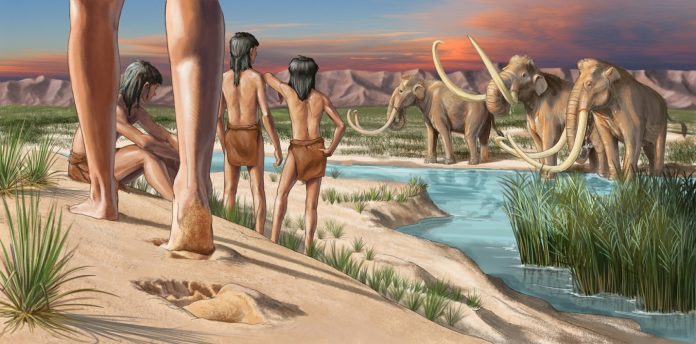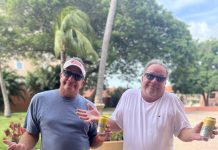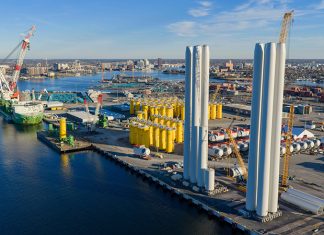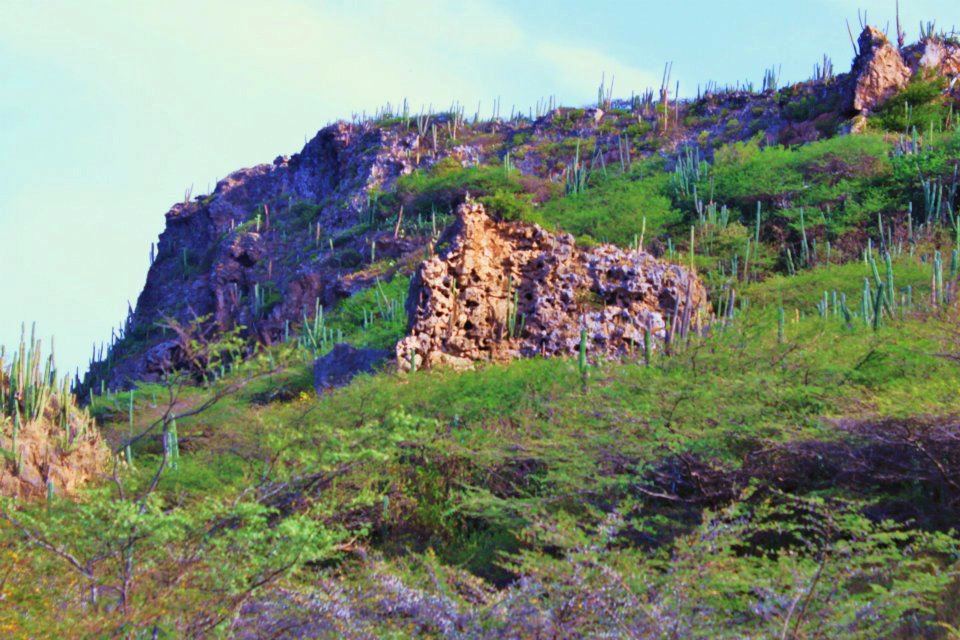Booking a magical glimpse inside Etnia Nativa is easy!
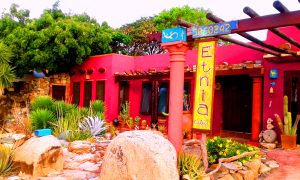
Article by Etnia Nativa call us 592 2702 and book your experience!
The narrative of Etnia Nativa—meaning ‘Native Ethnicity’—highlights the importance of reclaiming Aruba’s cultural identity, often overshadowed by its colonial history and the demands of tourism. Through this platform, Etnia Nativa shares an authentic native perspective, educates the public, preserves the island’s heritage, and inspires an ‘island keeper’ mindset.
In this episode, we uncover the untold story of prehistoric Aruba. Twelve thousand years ago, the southwestern Caribbean—where Aruba is located today—was a vastly different place. The global climate was cooler, with average temperatures six to twelve degrees lower than today. Conditions were drier at first but gradually shifted to become more humid than they are now.
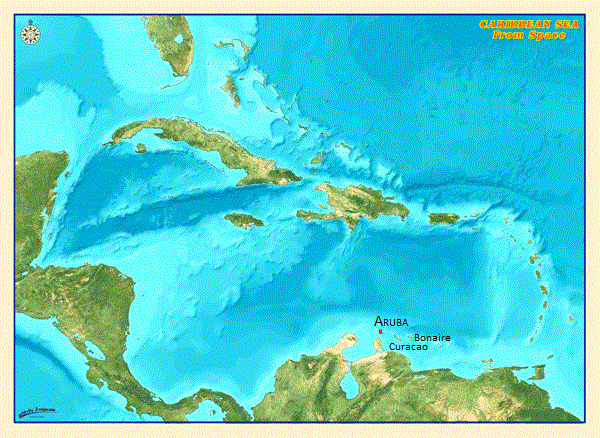
At the time, Aruba’s landscape was lush and vibrant, teeming with flora that has long since vanished. Forests once blanketed much of the island, filled with ferns, orchids, bromeliads, vines, and other plant species—many now extinct. These plants may have offered untold medicinal properties, food sources, pigments, or natural repellents, all lost to history.
Early humans—most likely arriving from the South American mainland—encountered a land rich in natural resources. Skilled and adaptable, they carried their lives on their backs. They used tools and plant knowledge with expertise, read subtle changes in the weather, and developed sharp senses—such as smell—to track animals, detect approaching rain, or find ripe fruit
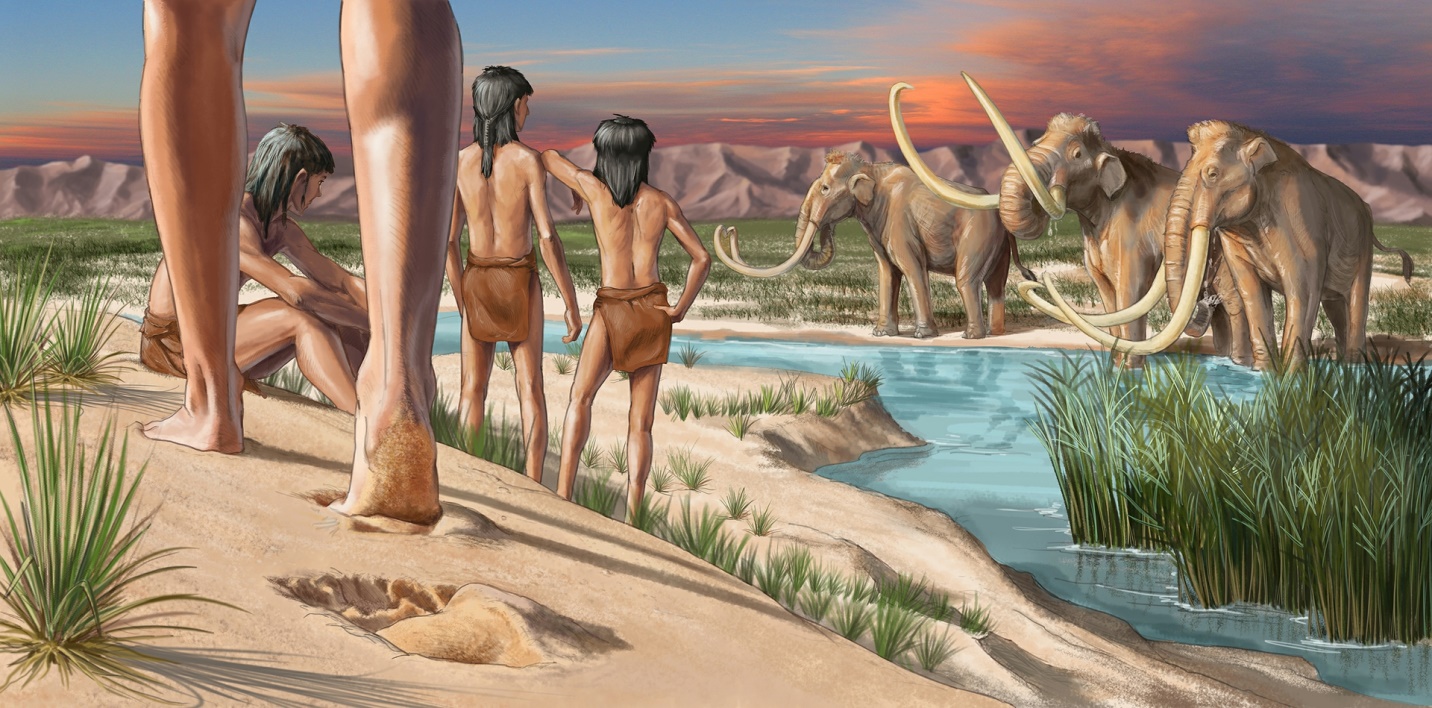
Though life in this environment was challenging, these ancient peoples thrived. The island’s varied topography offered unique zones—dense rainforests with year-round canopy cover, open savannas filled with cactus and xerophytic vegetation, wetlands, and natural salt pans. The southern coast was lined with thick mangrove forests, their roots submerged directly in the sea. These forests were so dense that only a few access points allowed entry—small clearings that eventually became bays. Some of these, like Commandeursbaai at Savaneta, Spanish Lagoon, Barcadera, and Paardenbaai in Oranjestad, are still in use today.
One such bay, now lost to time, was Taratata in Oranjestad. It may have been the original landing site of the first Paleo hunters and was likely named in their ancient language. Interestingly, “Taratata” may be related to “Taratara” in Venezuela, which meant “place of departure”—suggesting a migration link between the two places. Sadly, the bay was consumed during the expansion of Paardenbaai’s container port, and its name has nearly faded from memory.
Back then, the wider region teemed with now-extinct megafauna. Animals such as camels, giant armadillos, short-faced bears, mastodons, tapirs, saber-toothed tigers, mammoths, dire wolves, and even native horses roamed the continent. These species, now found only in fossils and museum records, were pursued by the first Paleo hunters as they migrated from Asia into North America.
One possible migration route into the Caribbean was through the Florida Panhandle, island-hopping southward, or from the Yucatán Peninsula to Cuba and beyond. However, the most likely access point to Aruba would have been directly from South America, following the northern coast.
These early people understood nature intimately. To them, the Earth was their mother, and the forces of nature—the wind, water, and fire—were guided by a divine presence. Lightning in the sky and thunder were not just weather phenomena but the voice of a god who came from beyond the clouds.
If you enjoyed learning about our ancestral stories and want to explore the true identity of the Aruban people, we invite you to visit Etnia Nativa—the only “living museum” of its kind in the Caribbean, reflecting the island’s rich mestization (cultural blending). Founded in 1994, Etnia Nativa has been a pioneer, co-founding key institutions such as Aruba’s National Park, the Archaeological Museum, several artisan foundations, and other voluntary initiatives.
Etnia Nativa isn’t just a place—it’s a gateway. Quietly tucked away near the high-rise hotels, this private residence also serves as a cultural sanctuary that most tourists never discover. But that’s the magic. It’s intentionally exclusive, welcoming only those with a genuine curiosity and a thirst for authentic discovery.
Connect through a one-of-a-kind experience with the spirit and soul of Aruba’s ancient heritage. Whats App +297 592 2702 etnianativa03@gmail.com


